Best Martial Arts for Kids: A Comprehensive Guide for Parents

Have you noticed your child glued to screens, maybe struggling with focus, or a little shy? With more time spent indoors, many children are struggling with confidence and physical activity.
As a BJJ brown belt, I’ve seen countless kids transform through martial arts. It’s more than just learning cool kicks or throws; it’s about getting active, yes, but also sharpening their minds.
Martial arts is a fantastic way to combat lazy habits, build physical strength, and mental toughness. It teaches discipline, boosts confidence, and helps kids make friends in a supportive environment.
But not every style fits every child. That’s why choosing the best martial art for your kid’s personality and age is key, and I’m here to help you do just that.
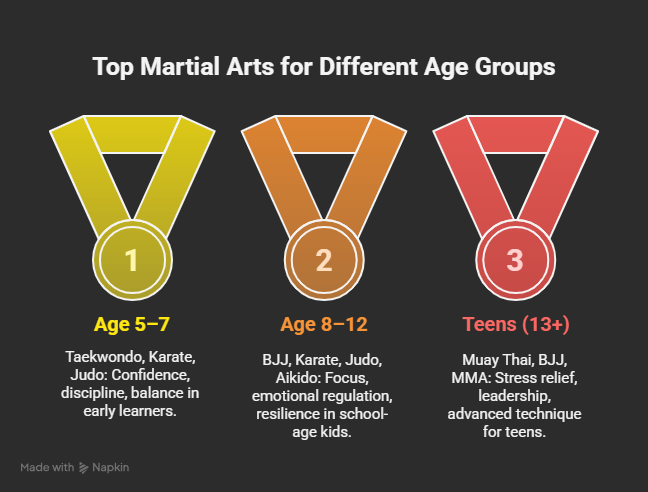
Benefits of Martial Arts for Kids That Nobody Counts!
Physical Benefits
Kids don’t just burn energy, they build balance, coordination, and flexibility with every class. Martial arts helps growing bodies develop strength and stamina in a fun and structured way. It also fights off childhood obesity by replacing screen time with sweat time.
Mental and Emotional Benefits
You’ll notice it quickly: improved focus, discipline, and confidence. Martial arts gives kids small, achievable goals, like earning their next belt, which teaches perseverance. It’s about progress, not perfection. And when your child overcomes challenges on the mat, they carry that resilience into real life.
Social Benefits
In every class, kids learn teamwork, respect, and communication. They bow to their instructors, listen to partners, and follow routines that build structure. Over time, they develop leadership skills, make new friends, and feel like part of a community.
Top Martial Arts Styles for Kids: Detailed Breakdown
1. Taekwondo
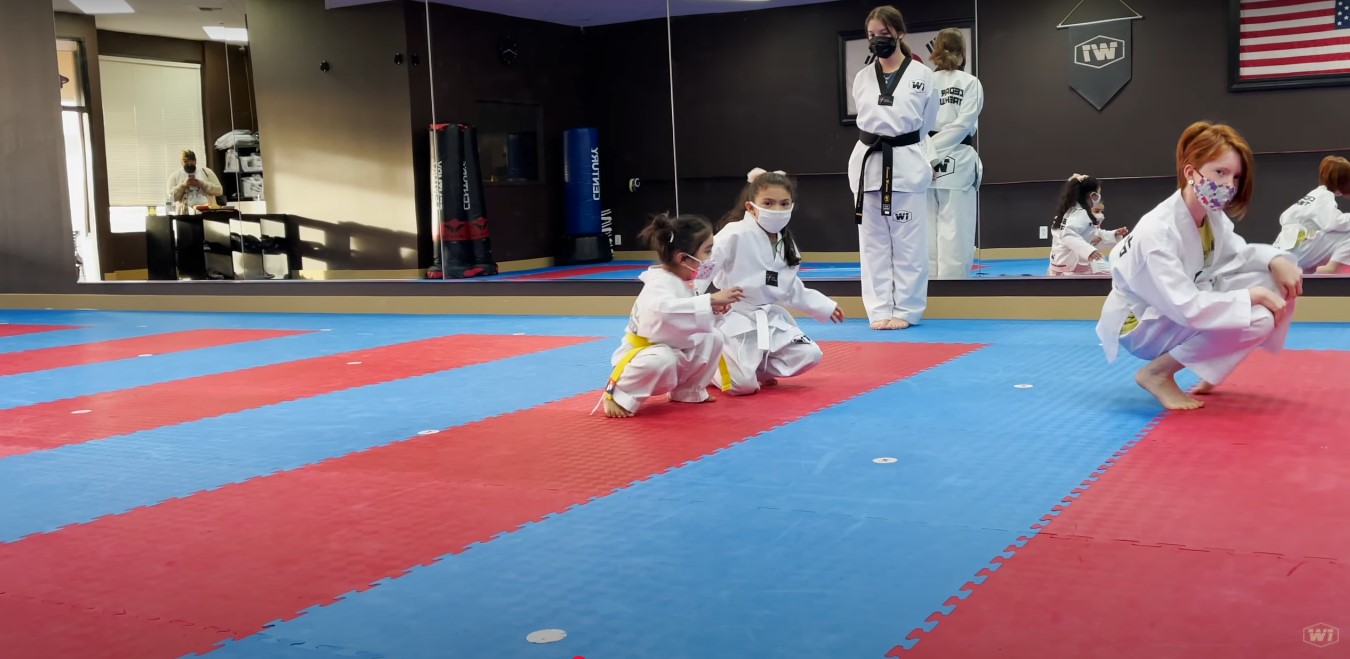
Taekwondo is a Korean martial art famous for its high kicks and fast, dynamic movements. It’s like a high-flying dance that packs a punch!
Benefits for Kids: This style builds agility, confidence, and discipline. It’s widely available, with tons of kid-focused programs that make learning fun and accessible.
Potential Drawbacks: The high-energy kicks can be tough for very young or less coordinated kids. It might take extra patience to master those superhero leaps.
Ideal Age Group: 5–12 years old.
Fun Fact: Taekwondo became an Olympic sport in 2000! Your child could dream of kicking their way to a gold medal someday.
2. Karate
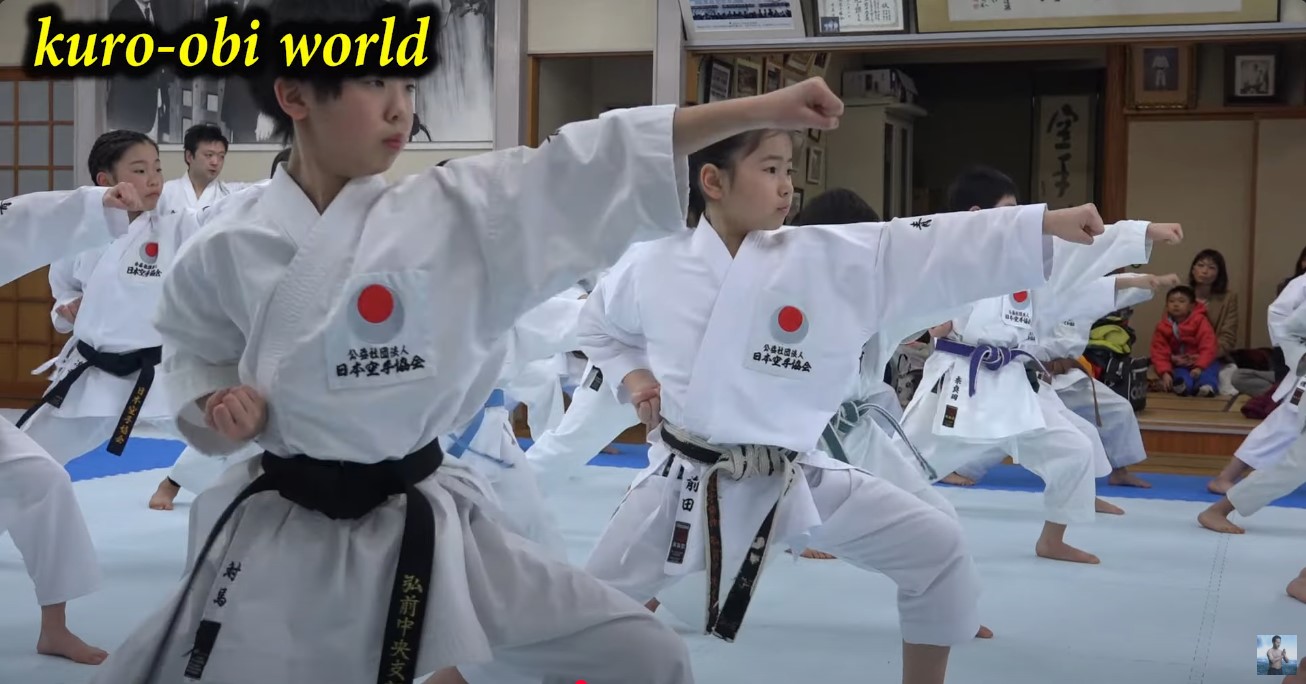
Karate is a Japanese martial art that focuses on strong strikes, blocks, and “katas” (which are like choreographed forms). It’s a very traditional art with deep roots.
Benefits for Kids: The structured lessons teach focus and respect, and it’s flexible enough for kids of all ages to enjoy and grow with.
Potential Drawbacks: Some kids might find the repetitive drills a bit dull if they’re craving constant excitement.
Ideal Age Group: 6–14 years old.
Fun Fact: Karate’s colorful belt system, where kids earn new belts as they improve, actually started with Judo. It’s a cool way to show off their progress!
3. Judo
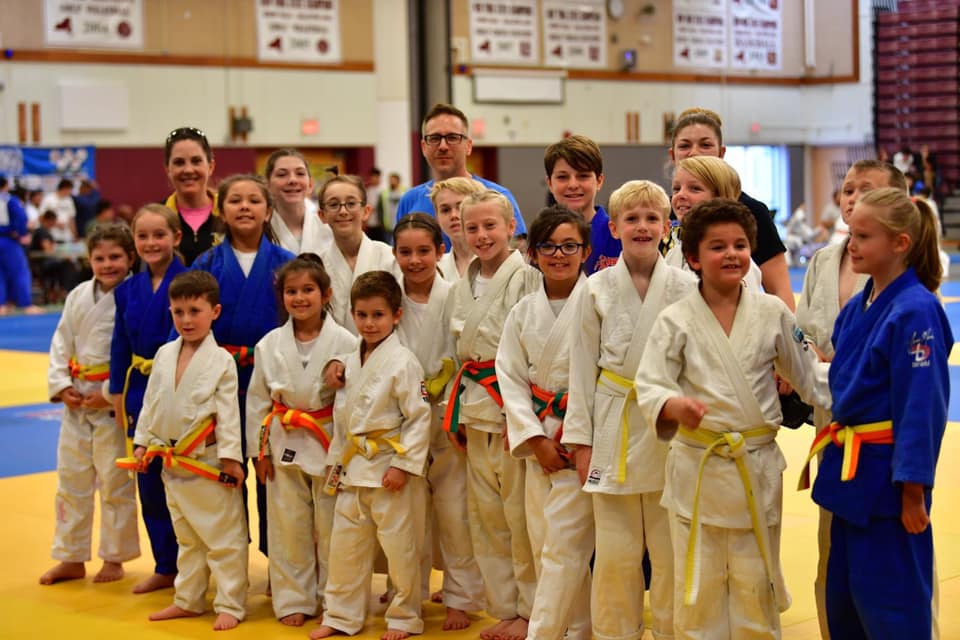
Judo, another Japanese gem, focuses on throws and grappling. It’s often called “the gentle way” because it uses an opponent’s momentum against them.
Benefits for Kids: It teaches balance, teamwork, and how to fall safely, a skill that’s handy on and off the mat. It’s awesome for boosting physical confidence.
Potential Drawbacks: Judo involves close contact, which might not be every kid’s cup of tea, especially if they’re shy about personal space.
Ideal Age Group: 7–13 years old.
Fun Fact: Judo means “gentle way.” It’s all about outsmarting an opponent with technique, not just muscle.
4. Brazilian Jiu-Jitsu (BJJ)
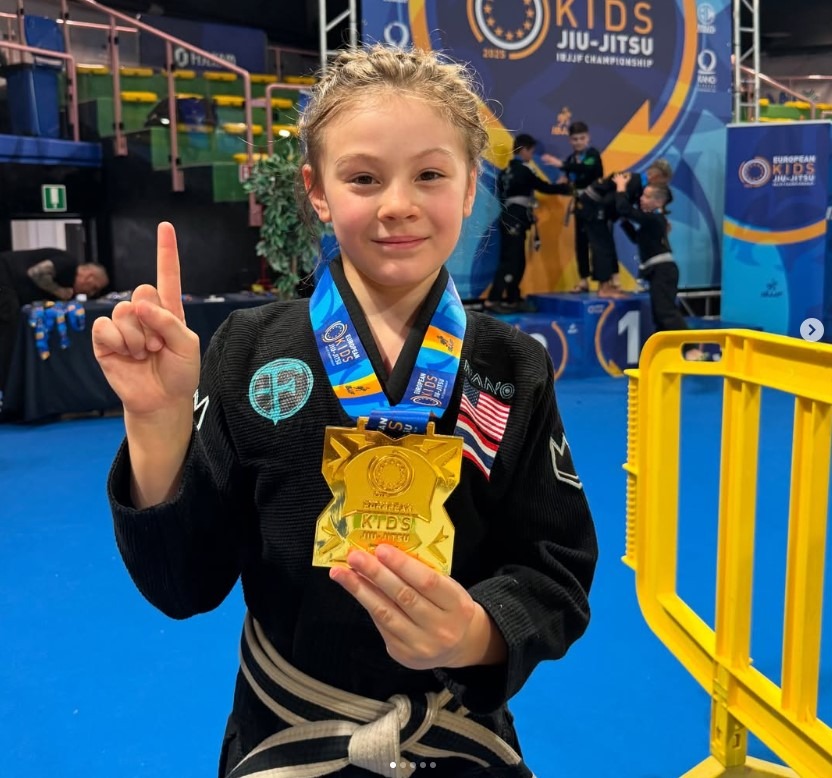
As a BJJ brown belt, I can tell you this is a fantastic art! Brazilian Jiu-Jitsu focuses heavily on ground fighting, using special holds called submissions. It’s often called “human chess” due to its strategic nature.
Benefits for Kids: This style sparks problem-solving and resilience. It’s perfect for smaller or shy kids, helping them feel unstoppable in a safe way.
Potential Drawbacks: The intense, up-close physical contact might feel overwhelming for some kids at first.
Ideal Age Group: 8–15 years old.
Fun Fact: BJJ is the go-to martial art for superheroes in movies. Your child might feel like they’re training for the big screen!
5. Aikido

Aikido is a Japanese martial art that focuses on blending with an opponent’s movements and redirecting their energy. It uses joint locks and throws to neutralize attacks.
Benefits for Kids: It focuses on peace, harmony, and self-defense, making it ideal for kids who like a calm, non-aggressive approach to feeling strong.
Potential Drawbacks: With less emphasis on striking, it might not excite kids who love action-packed moves.
Ideal Age Group: 6–12 years old.
Fun Fact: Aikido’s smooth, circular moves are inspired by nature, like the flow of water or a spinning breeze. It’s martial arts with a chill vibe!
6. Muay Thai (For Older Kids Only)
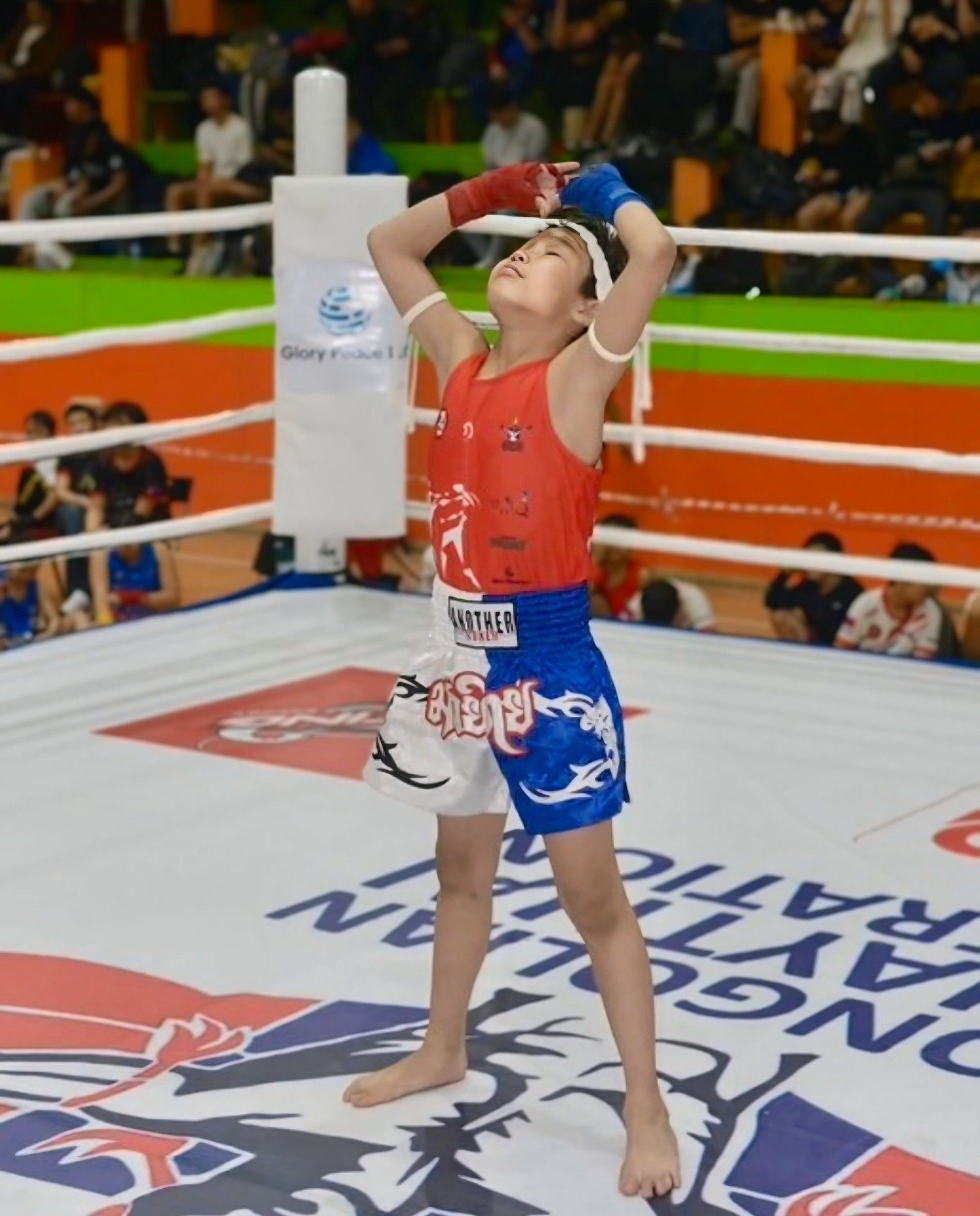
Muay Thai comes from Thailand and is known as “the art of eight limbs.” Students use fists, elbows, knees, and shins as weapons. It’s incredibly effective and physically demanding.
The training includes heavy bag work, pad training, and clinch fighting. It builds world-class conditioning and mental toughness.
Best For: Teens who want a serious challenge and killer athleticism.
Pros: Offers top-notch fitness and mental toughness. It’s perfect for older kids ready to push their limits.
Cons: It’s super contact-heavy, so it’s not recommended for kids under 13.
Ideal Age Group: 13+ years old.
Fun Fact: Muay Thai is called the “Art of Eight Limbs” because it uses fists, elbows, knees, and shins. That’s twice the action of regular boxing!
7. Kung Fu – Cultural & Artistic Appeal
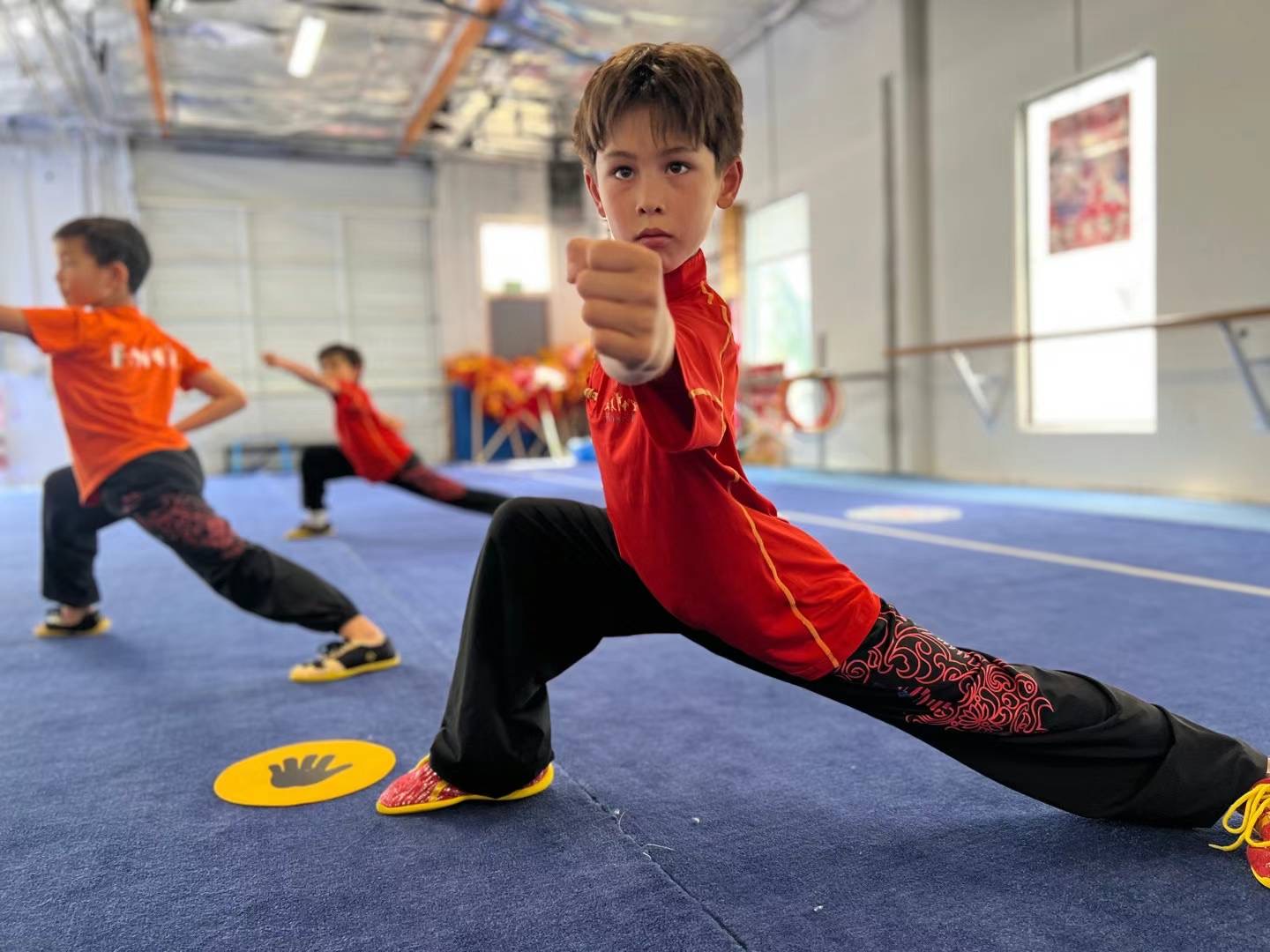
Kung Fu encompasses many Chinese martial arts styles. Students learn forms, animal-inspired techniques, and traditional weapons. It combines martial skill with artistic expression.
The training includes flowing forms, flexibility work, and creative movement patterns. Many styles mimic animals like a tiger, a crane, or a snake.
Best For: Creative or imaginative kids who love to move and dream big.
Key Benefits: Boosts body awareness and artistic expression, great for kids who think outside the box and enjoy a cultural twist.
Note: Availability might be limited depending on where you live, so check local options.
Ideal Age Group: 6–14 years old.
Fun Fact: Kung Fu often mimics animals like tigers or cranes. Your child could unleash their inner wild side while training!
Pro Tip: If you’re unsure which style to try first, go visit a few dojos. Let your child sit in, or even better, do a trial class. You’ll both learn a lot from just watching how they react to the vibe, the teacher, and the style.
How to Get Started: Practical Steps for Parents
Okay, you’ve learned about the awesome benefits and different styles of martial arts. Now, let’s get down to the practical steps of getting your child started. As a parent who also trains, I know how important it is to find the right fit.
Researching Local Programs
First, research local programs. Google is your friend. Search “Taekwondo for kids near me” or “BJJ classes for children.” Read reviews, especially the 4-star ones (they’re often the most honest). Look for phrases like “great with beginners” or “patient instructors.”
Then, visit the place. Walk in during a kids’ class. Do the kids look happy? Are they focused? Is the instructor yelling or high-fiving?
Questions to ask instructors:
- Do you have experience teaching children my child’s age?
- How are the classes structured?
- How do you handle shy or high-energy kids?
- What’s your approach to discipline and motivation?
Pro tip: If the instructor is warm, patient, and speaks to your child, not just you, you’re on the right track.
Trying Out Classes
Before you commit, take a trial class. This helps your child (and you!) feel out the environment.
🏷 What to do beforehand:
- Tell your child what to expect: bowing, following instructions, maybe even a few laughs.
- Dress them in comfy clothes, think T-shirt and sweatpants.
- Remind them it’s okay to make mistakes. Everyone starts as a beginner.
Watch how your child reacts: Are they curious? Nervous? Having fun? These signals matter.
Supporting Your Child’s Journey
Once your child enrolls, consistency is key, but don’t turn it into a chore. Encourage them, but don’t pressure. Some days will be high kicks and happiness, others might be off days. Totally normal.
Celebrate the wins, big or small. Whether it’s mastering a new move or earning that first stripe, show them you’re proud. This builds confidence and keeps them excited to return.
Choosing the Right Dojo: A Parent’s Checklist
Now let’s talk about choosing the right place, not just the closest one.
Here’s a checklist that’ll keep you sharp:
Safety First
- Low student-to-instructor ratio: More attention, less chaos.
- Clean facilities and mats: No one wants to roll on yesterday’s germs.
- Protective gear requirements: Especially in contact styles like BJJ or Muay Thai.
- Controlled sparring and clear rules: Safety should never be optional.
Instructor Quality
- Experience and credentials: Black belt’s great, but how well do they teach kids?
- Patience and empathy: Do they understand child behavior, not just techniques?
- Character focus: Are they building confidence and values, or just trophies?
- Observe a class: Do kids look engaged, respectful, and, most importantly, happy?
Curriculum and Philosophy
- Age-appropriate progression: A 6-year-old shouldn’t be doing advanced drills meant for teens.
- Clear teaching style: Do they break things down in a way kids understand?
- Philosophy match: Whether it’s discipline, fun, or self-defense, make sure it aligns with your family’s goals.
- Balanced approach: Are kids learning AND enjoying? That’s where the magic happens.
Class Environment
- Positive vibe: Watch how instructors interact with students. Warmth matters.
- Community feel: Do families stick around after class? Are kids forming friendships?
- Trial class availability: A must-have. No one buys shoes without trying them on. Same with dojos.
Logistics
- Location & schedule: Life’s busy, make sure it fits your routine.
- Cost: Ask about fees, gear costs, testing fees, and contracts. No one likes surprise expenses.
Fun Ways to Spark Kids’ Interest in Martial Arts
Let’s be real, kids are more likely to practice flying kicks when they think they’re a ninja or a superhero.
So, how do you get them pumped about martial arts before they even tie their first belt?
Incorporate Pop Culture
Sometimes, all it takes is one awesome movie scene to light the spark.
Try these family-friendly martial arts movies:
- Kung Fu Panda – Full of laughs, life lessons, and, of course, kung fu.
- The Karate Kid – A classic underdog story that still inspires kids today.
- Teenage Mutant Ninja Turtles – Because pizza-loving ninjas never go out of style.
- Mulan – Shows strength, courage, and beautiful martial arts choreography.
- Cobra Kai (for older kids) – Great for tweens/teens; shows both sides of martial arts values.
Games & Apps That Teach Martial Arts Concepts:
- Karate Master 3D (mobile game) – Safe sparring practice through fun animations.
- Video games like “Tekken” or “Street Fighter” (age-appropriate versions) can spark interest in different fighting styles.
- YouTube tutorials – Find basic moves from family-friendly channels like Little Dragons Martial Arts.
Books and Stories
Many children’s books feature martial arts themes. “The Way of the Dragon” series or “Dojo Daycare” books combine adventure stories with martial arts lessons.
Family Involvement
Kids mirror what they see, so why not show them how fun martial arts can be at home?
Easy ideas to get started together:
- Shadowboxing: Let them mimic punches and kicks in front of a mirror. Add music and make it a dance-off!
- Stretching routines: Set a 5-minute daily “stretch & smile” session.
- Mini martial arts day: Set up a “dojo” in your living room. Use pillows as targets, create simple obstacle courses, or host a mock belt ceremony with ribbons.
Red Flags to Watch For When Choosing a Martial Arts Program
Not all schools are created equal. Some are great. Some… well, let’s just say you wouldn’t send your kid there twice.
Avoid programs that:
Overemphasize Rank or Charge for Every Belt Upgrade
If belts feel more like cash grabs than achievements, walk away. Progress should be meaningful, not money-driven.
Skip Warm-Ups or Stretching Routines
Martial arts require movement prep. No warm-up = higher injury risk. Period.
Have Disrespectful or Harsh Instructors
A strict teacher is fine, a yelling, belittling one is not. Watch body language and tone during class.
Don’t Communicate Clearly With Parents
You should know what your child is learning, how they’re progressing, and when they’re ready for the next level.
Push Competition or Expensive Gear Too Soon
Some schools push tournaments or $200 uniforms before your kid even ties their first belt. Slow down.
Use a One-Size-Fits-All Approach
Your shy 7-year-old shouldn’t train like a competitive 12-year-old. Good schools tailor instruction to age and personality.
Trust your gut. If something feels off, it probably is.
FAQs About Kids and Martial Arts
Is Martial Arts Safe For Kids Under 5?
Yes, but only if the class is designed for young kids. Many schools offer “Little Dragons” or “Tiny Tigers” programs that focus on motor skills, listening, and fun, not sparring. Instructors use games, balance drills, and basic moves to build confidence safely. Just make sure the school has experience teaching preschoolers.
Can Martial Arts Help With ADHD Or Autism?
Absolutely! Martial arts like Karate or Judo offer structure and routine, helping kids with ADHD focus better. For autism, styles like Aikido provide calm, repetitive moves that soothe sensory needs. Instructors trained in special needs can tailor classes, boosting confidence and social skills. It’s like a workout for the body and brain!
How Many Martial Arts Classes Per Week Are Ideal for Kids?
Most kids benefit from 1–2 classes per week, especially when starting out. This keeps them engaged without burnout. Some schools offer unlimited classes, great for active kids, but don’t push too hard. Let your child’s energy and interest guide you. Consistency matters more than frequency.
Will Martial Arts Make My Child Aggressive?
Nope, quite the opposite. Martial arts teach respect, control, and conflict resolution. Kids learn how to defend themselves, not go looking for fights. Most styles emphasize peace, humility, and discipline. If your child ever seems overly aggressive after class, talk to the instructor; it may be a mismatch in style or environment.
Can Kids With Special Needs Benefit From Martial Arts?
Yes, big time! Martial arts boost confidence, coordination, and social skills for kids with special needs. Styles like BJJ or Aikido adapt to individual abilities, offering a safe space to grow. Look for dojos with inclusive programs and patient instructors. It’s like giving your kid a custom-fit confidence cape!
Are There Girl-Friendly Martial Arts?
Totally! All martial arts welcome girls, but BJJ and Judo shine for building confidence without being overly aggressive. Many dojos have female instructors or girl-only classes, creating a supportive vibe. Girls can kick, flip, and grow strong just like the boys.
Best Martial Arts For Kids With Adhd
Karate and Taekwondo are top picks for kids with ADHD. Their clear structure and repetitive drills help channel energy and improve focus. Short, engaging classes keep kids hooked. Look for instructors who understand ADHD and create a positive vibe. It’s like a fun game that sharpens their mind!
Best Martial Arts For Kids Self Defense
BJJ, Karate, and Judo top the list. BJJ teaches control and ground defense. Karate builds awareness and striking skills. Judo helps with balance and escape from grabs. Choose what fits your child’s personality and comfort level.
Best Martial Arts For Kids With Autism
Karate, Taekwondo, and Aikido are excellent options. These styles offer predictable routines, clear expectations, and non-competitive progress tracking. Aikido’s gentle approach appeals to peaceful kids. Look for patient instructors who allow extra time and space. The goal is comfort, not competition.
Best Martial Arts For Kids With Anxiety
Aikido is great for kids with anxiety, emphasizing peace and harmony over competition. Its smooth, non-aggressive moves create a calming vibe. BJJ can also help, building confidence through small wins. Choose a supportive dojo with kind instructors, it’s like a safe space for your kid to shine!
Are Martial Arts Good For Kids
Yes, 100%. They build physical strength, mental focus, and emotional confidence. Martial arts encourage respect, discipline, and goal-setting. Plus, it’s a fun way to stay active and meet new friends.
What Age Can A Child Start Martial Arts
Kids can start as young as 3 or 4 in kid-friendly programs like Taekwondo or Karate. These classes focus on fun, coordination, and basic moves. Check with dojos for age-specific groups to ensure it’s a perfect fit, like starting their superhero training early
What Is The Best Martial Art For a 4 Year Old?
For a 4-year-old, Taekwondo or Karate with a playful approach is ideal. These styles use fun drills to build coordination, listening, and basic motor skills. Choose a school that focuses on age-appropriate learning over discipline.
What Is The Best Martial Art For a 5 Year Old?
For a 5-year-old, Taekwondo or Karate are typically excellent choices. Both offer structured classes that begin to introduce fundamental techniques, discipline, and respect in an age-appropriate manner. They help improve coordination, focus, and self-control.
Is Judo Or Jiu-Jitsu Better For Kids?
It depends! Judo is great for teamwork and learning safe falls, ideal for ages 7–13. Jiu-Jitsu (BJJ) boosts problem-solving and confidence, perfect for ages 8–15, especially shy kids. Both are awesome, try a class to see what clicks!
What Is Better For Kids, Taekwondo Or Jiu Jitsu
It depends on personality. Taekwondo is great for energetic kids who love kicking and fast movement. BJJ suits quieter or strategic kids who enjoy puzzles and close interaction. Both teach discipline, but in very different ways. Try a trial class of each before deciding.
Final Words
Martial arts give kids more than just moves, they build confidence, focus, and resilience. From better fitness to stronger character, the benefits last a lifetime. Every punch, bow, and belt earned teaches values that go beyond the mat.
Now’s the time to take the first step. Research local programs, ask questions, and try a class. See how your child lights up when they learn something new. Remember, martial arts isn’t about being the best, it’s about becoming better.
It’s not perfection. It’s progress. And with the right start, your child could gain skills that shape who they become, on and off the mat. Ready? Let’s get moving.
 Martial Boss
Martial Boss